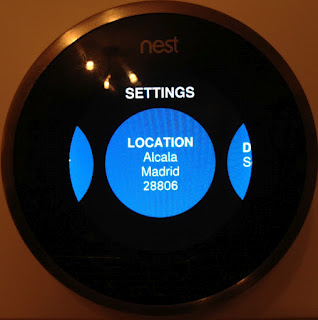
The apartment [Angus] lives in must be sealed up pretty tight. It was so humid during the winter that there was a mold issue. We usually have the opposite problem, needing to add humidity to the air in the colder months. To combat the issue he bought a small dehumidifier, but wanted to automate the system a bit more than what was built into its meager controls. He combined a set of wireless sensors and remote control outlets to switch the dehumidifier automatically.
The sensors are from a weather station he bought on eBay. It came with a base station and three remote units, all of which monitor both temperature and humidity. He wanted a system that could compare temperature with dew point and make decisions based on a simple look-up table. An Arduino with a custom milled shield reads these measurements from the sensors and feeds them to a router which is running a cron job script every minute. When that script judges the time and weather conditions warrant a change it tells the Arduino to switch the wireless outlet to which the dehumidifier is connected.
















